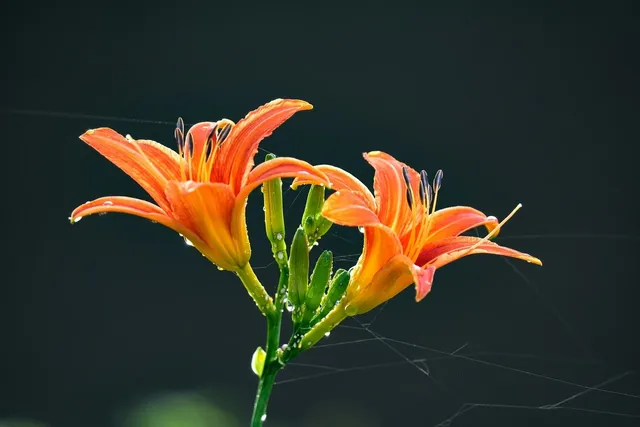Nature's history is a fascinating narrative that spans billions of years
Nature's history is a fascinating narrative that spans billions of years, marked by dynamic processes and dramatic transformations that have shaped our planet and its ecosystems. From the formation of Earth to the present day, nature's story is one of resilience, adaptation, and interconnection.

Formation of Earth and Early Life
About 4.5 billion years ago, the Earth formed from a swirling cloud of gas and dust surrounding the young Sun. Initially a molten mass, it gradually cooled to form a solid crust. Water, likely delivered by comets and volcanic outgassing, collected to create vast oceans. These early waters were the cradle of life, where simple organic molecules evolved into more complex forms.

The first life forms were microscopic single-celled organisms, appearing around 3.5 billion years ago. These prokaryotes dominated the planet for billions of years, with some evolving the ability to photosynthesize, releasing oxygen as a byproduct. This Great Oxygenation Event, occurring around 2.4 billion years ago, dramatically altered the planet's atmosphere and paved the way for more complex life.
Rise of Multicellular Life
The transition from single-celled to multicellular organisms marked a significant turning point in the history of life. Around 600 million years ago, during the Ediacaran period, soft-bodied multicellular organisms began to appear. The subsequent Cambrian Explosion, about 541 million years ago, saw an unprecedented diversification of life forms, with most major animal phyla appearing in the fossil record.
This era of rapid evolutionary experimentation produced a myriad of body plans and ecological strategies, many of which still exist today. Marine environments teemed with trilobites, brachiopods, and the first vertebrates, setting the stage for future terrestrial colonization.

Colonization of Land
The colonization of land was another monumental chapter in nature's history. Plants were among the first to make the transition, with early land plants like mosses and liverworts appearing around 470 million years ago. These pioneers transformed barren landscapes into verdant habitats, creating new niches for animal life.
Arthropods, such as insects and arachnids, were the first animals to venture onto land, followed by vertebrates like amphibians around 370 million years ago. The Carboniferous period (359-299 million years ago) witnessed lush forests of giant ferns and horsetails, whose decayed remains formed vast coal deposits.
Age of Dinosaurs and Mammals
The Mesozoic Era, often called the Age of Dinosaurs, spanned from 252 to 66 million years ago. Dinosaurs evolved into a wide array of forms, dominating terrestrial ecosystems. During this time, flowering plants (angiosperms) emerged, revolutionizing plant reproduction and diversifying ecosystems.
The end of the Mesozoic was marked by a catastrophic event, likely a massive asteroid impact, leading to the extinction of the dinosaurs. This mass extinction paved the way for mammals to rise to prominence in the Cenozoic Era. Mammals diversified into various ecological niches, from tiny shrews to towering mammoths and majestic whales.
Human Influence and the Anthropocene
Humans, Homo sapiens, evolved around 300,000 years ago in Africa. Our species' ability to manipulate the environment and develop complex societies has profoundly impacted nature. The advent of agriculture around 10,000 years ago allowed human populations to grow, leading to significant landscape alterations.
The Industrial Revolution marked a new epoch, the Anthropocene, characterized by unprecedented human influence on the Earth's systems. Fossil fuel combustion, deforestation, pollution, and climate change have dramatically altered ecosystems and biodiversity.
Conservation and Future Challenges
Today, the history of nature is at a critical juncture. Biodiversity loss, habitat destruction, and climate change pose significant threats to the planet's ecosystems. However, conservation efforts and a growing awareness of the interconnectedness of life offer hope.
Protected areas, restoration projects, and sustainable practices aim to preserve the richness of nature. Understanding the intricate history of life on Earth underscores the importance of safeguarding its future. As stewards of the planet, humans have a responsibility to ensure that nature's story continues, thriving and evolving for generations to come.
Nature's history is a testament to the resilience and adaptability of life. From primordial oceans to the vast diversity of today, it reminds us of the delicate balance that sustains our planet. As we face contemporary challenges, the lessons from nature's past can guide us toward a sustainable and harmonious future.
| Community | My Blog |
|---|---|
| Category | Writing |
| Device | Samsung |
| Caption | @zidan07 |
| Location | Bangladesh |
Upvoted! Thank you for supporting witness @jswit.